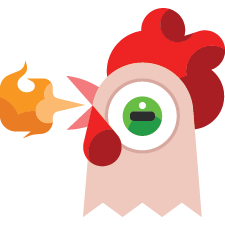Nainstalovat Steam
přihlásit se
|
jazyk
简体中文 (Zjednodušená čínština)
繁體中文 (Tradiční čínština)
日本語 (Japonština)
한국어 (Korejština)
ไทย (Thajština)
български (Bulharština)
Dansk (Dánština)
Deutsch (Němčina)
English (Angličtina)
Español-España (Evropská španělština)
Español-Latinoamérica (Latin. španělština)
Ελληνικά (Řečtina)
Français (Francouzština)
Italiano (Italština)
Bahasa Indonesia (Indonéština)
Magyar (Maďarština)
Nederlands (Nizozemština)
Norsk (Norština)
Polski (Polština)
Português (Evropská portugalština)
Português-Brasil (Brazilská portugalština)
Română (Rumunština)
Русский (Ruština)
Suomi (Finština)
Svenska (Švédština)
Türkçe (Turečtina)
Tiếng Việt (Vietnamština)
Українська (Ukrajinština)
Nahlásit problém s překladem

























Invert inverts the color map, to color parts of the model that normally aren't affected. If you don't know what this means, you don't need it.
Maybe something like how the roads have an option to colour all the roads that colour, something similar to colour all asset of that type a certain colour
By default, the color set in Recolor only applies to the area of the building that the creator has set to have color changes - the asset creator does this by creating what's called a "color map", which tells the game which parts of the building change colors and which do not.
If no color map is set by the creator, then the whole building will change color (what you're seeing with the residential buildings you mention), as the game has no information about what to color and what to leave (and obviously can't guess).
The "colorize" option duplicates that behavior for assets that do have a color map, in case you want to disregard the asset creator and color the whole building. The "invert" option does the same, but leaves the areas covered by the color map alone.